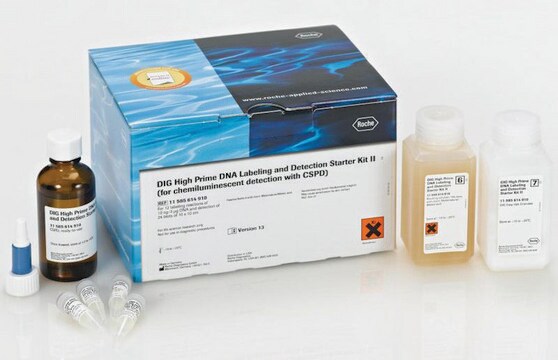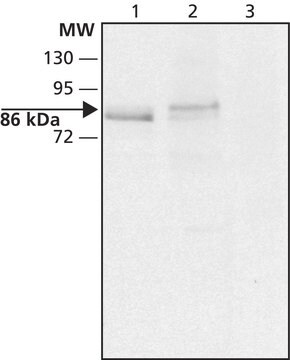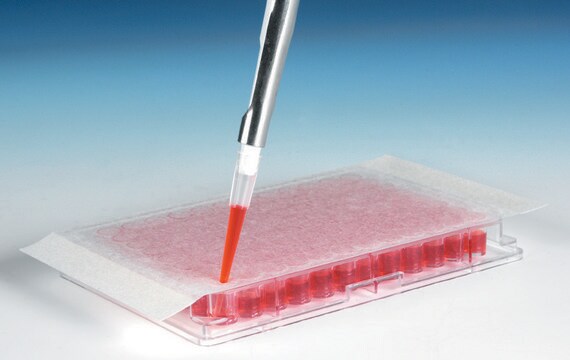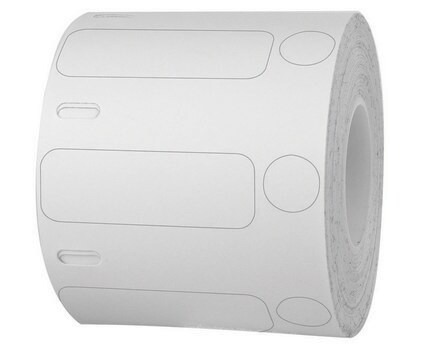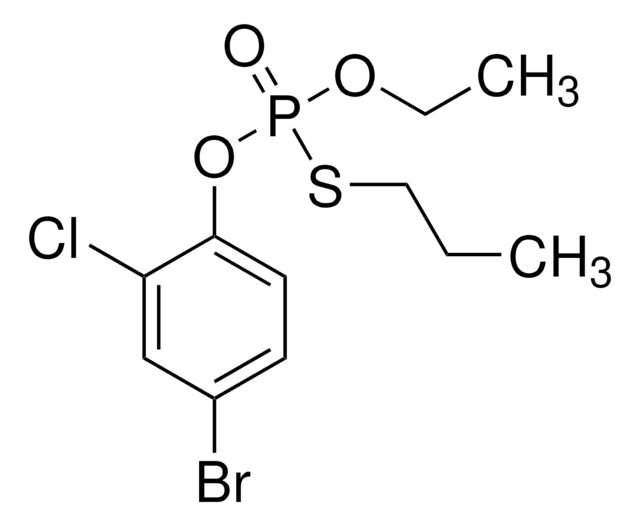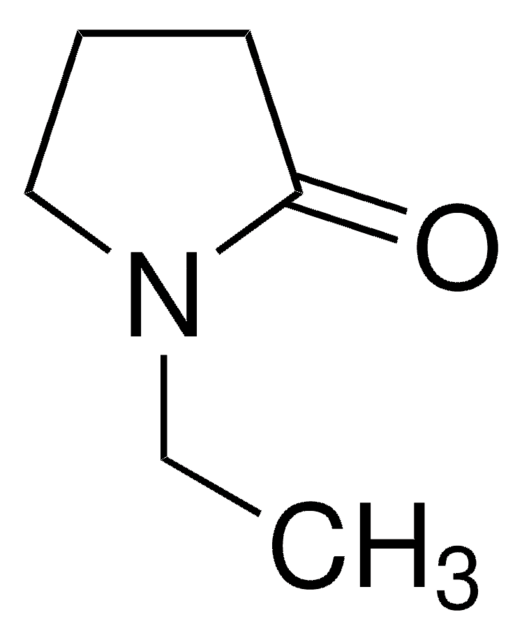MABN1564
Przeciwciało anty-DYRK1A, klon 11D9.1
clone 11D9.1, from mouse
Synonim(y):
Dual specificity tyrosine-phosphorylation-regulated kinase 1A, EC 2.7.12.1, Dual specificity YAK1-related kinase, HP86, Protein kinase minibrain homolog, MNBH, hMNB
About This Item
Polecane produkty
pochodzenie biologiczne
mouse
forma przeciwciała
purified immunoglobulin
rodzaj przeciwciała
primary antibodies
klon
11D9.1, monoclonal
reaktywność gatunkowa
human
opakowanie
antibody small pack of 25 μg
metody
western blot: suitable
izotyp
IgG2bκ
numer dostępu NCBI
numer dostępu UniProt
docelowa modyfikacja potranslacyjna
unmodified
informacje o genach
human ... DYRK1A(1859)
Opis ogólny
Specyficzność
Immunogen
Zastosowanie
Jakość
Western Blotting Analysis: 1 µg/mL of this antibody detected DYRK1A in human cerebral cortex tissue lysate.
Opis wartości docelowych
Postać fizyczna
Inne uwagi
Nie możesz znaleźć właściwego produktu?
Wypróbuj nasz Narzędzie selektora produktów.
Certyfikaty analizy (CoA)
Poszukaj Certyfikaty analizy (CoA), wpisując numer partii/serii produktów. Numery serii i partii można znaleźć na etykiecie produktu po słowach „seria” lub „partia”.
Masz już ten produkt?
Dokumenty związane z niedawno zakupionymi produktami zostały zamieszczone w Bibliotece dokumentów.
Nasz zespół naukowców ma doświadczenie we wszystkich obszarach badań, w tym w naukach przyrodniczych, materiałoznawstwie, syntezie chemicznej, chromatografii, analityce i wielu innych dziedzinach.
Skontaktuj się z zespołem ds. pomocy technicznej